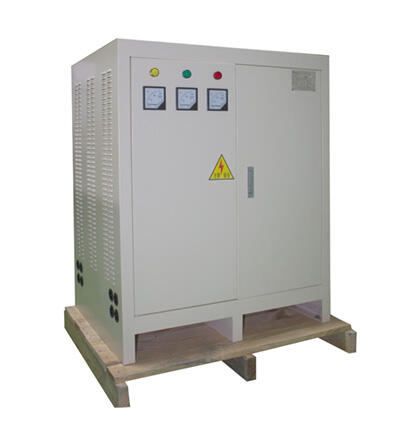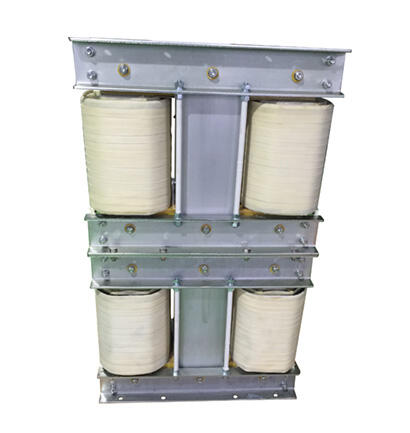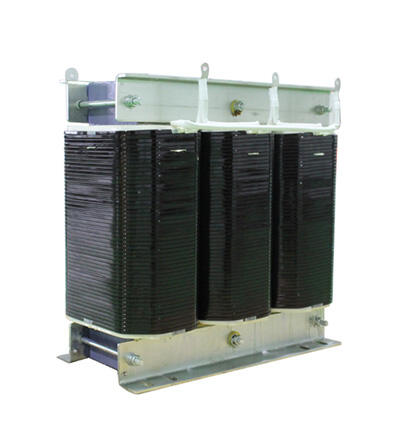the control transformer
A control transformer is a specialized electrical device designed to provide precise voltage control and isolation in industrial control circuits. These transformers are engineered to maintain consistent output voltage under varying load conditions, making them essential components in automated systems and control panels. The primary function of a control transformer is to step down higher voltage levels to lower, more manageable voltages typically required for control circuits, usually 120V or 24V. They feature robust construction with high-quality silicon steel cores and copper windings that ensure minimal voltage drop under inrush conditions. Control transformers are distinguished by their ability to handle high inrush currents associated with electromagnetic devices while maintaining excellent voltage regulation. They incorporate advanced thermal management systems and protective features such as short circuit protection and thermal cutoffs. These devices find widespread applications in manufacturing facilities, HVAC systems, motor control circuits, and industrial automation equipment. Their design prioritizes safety through electrical isolation between primary and secondary circuits, protecting sensitive control components from power system disturbances.


